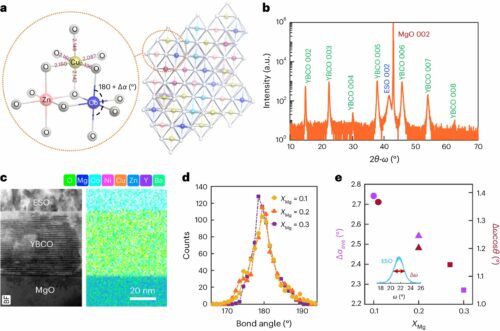A study from the University of Michigan has introduced a new memristor that could help artificial neural networks process audio and video data more effectively.

Memristors, electrical components that save information through their resistance levels, could cut AI’s energy consumption by roughly 90% compared to current graphical processing units. AI is expected to use about half a per cent of global electricity by 2027, a figure that could surge as AI tools become more widespread in the market.
Artificial neural networks could soon process time-sensitive data like audio and video more effectively. A study from the University of Michigan published in Nature Electronics introduces the first tunable “relaxation time” memristor, enhancing processing capabilities.
The issue with GPUs is that they function quite differently from the artificial neural networks that power AI algorithms. They require the entire network and all its interactions to be sequentially loaded from external memory, which is time-consuming and energy-intensive. In contrast, memristors provide energy savings as they replicate crucial features of both artificial and biological neural networks, eliminating the need for external memory. This allows the memristor network to represent the artificial neural network effectively.
In biological neural networks, timekeeping is managed through the relaxation process. Each neuron processes and transmits electrical signals, but a signal’s progression is not guaranteed. A neuron will only fire if it receives enough signals within a specific time frame; otherwise, it relaxes as the electrical energy dissipates. Incorporating neurons with varying relaxation times helps us decode sequences of events.
The team used the superconductor YBCO, composed of yttrium, barium, carbon, and oxygen, for its crystal structure, crucial for arranging the memristor’s magnesium, cobalt, nickel, copper, and zinc oxides. By altering these oxide ratios, they achieved time constants between 159 and 278 nanoseconds. The memristor network they created could learn and recognize the sounds of zero through nine. Once trained, each number could be identified before the audio input is finished.
Although creating these memristors was energy-intensive, as perfect crystals were needed to accurately assess their properties, the team believes that a simpler manufacturing process could be used for large-scale production.
Reference: Sangmin Yoo et al, Efficient data processing using tunable entropy-stabilized oxide memristors, Nature Electronics (2024). DOI: 10.1038/s41928-024-01169-1






